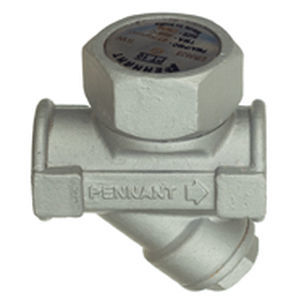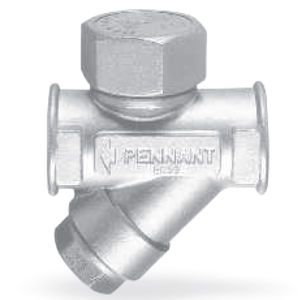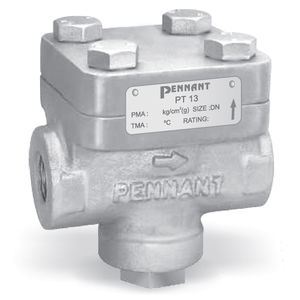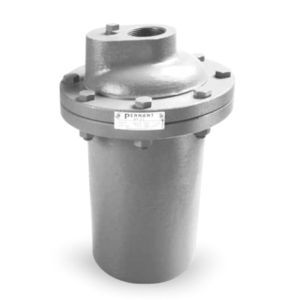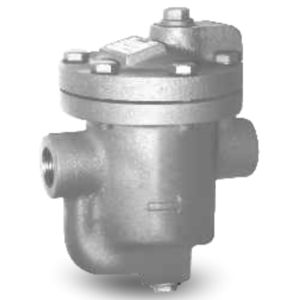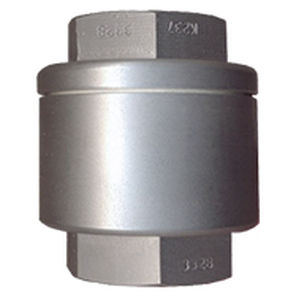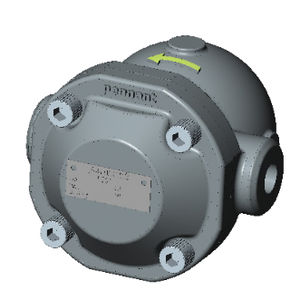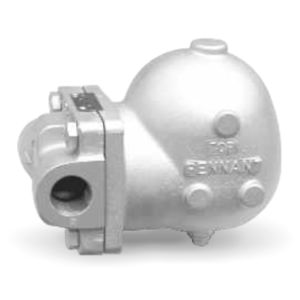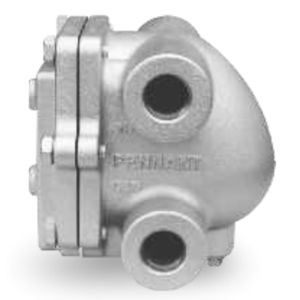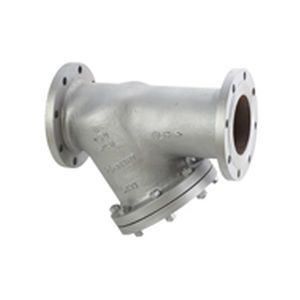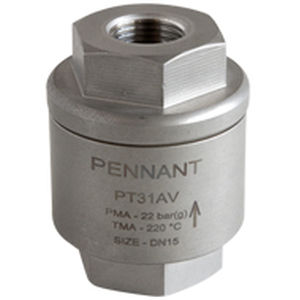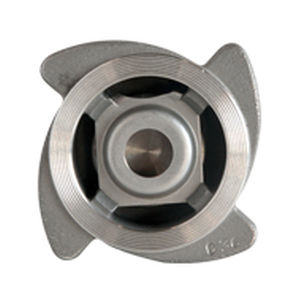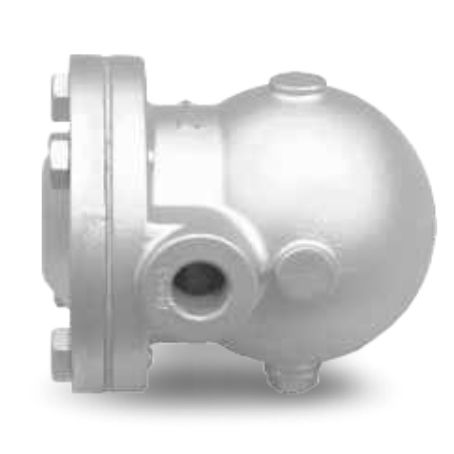
- Hydraulics - Pneumatics
- Filter and Separator
- Condensate drain
- Pennant Engineering
Condensate drain PT61SSautomaticfloat
Add to favorites
Compare this product
Characteristics
- Medium
- condensate
- Operational mode
- automatic
- Type
- float
- Operating pressure
14 bar
(203.05 psi)- Discharge capacity
482 kg/h
(1,063 lb/h)- Operating temperature
220 °C
(428 °F)
Description
Ball float steam traps works on buoyancy principle. The float floats on the condensate. Its movement is controlled by the leverage. When condensate level increases and the float movement is restricted, resultant buoyancy force overcomes the closing force on the outlet valve, trap opens releasing condensate. When the condensate load is reduced and steam reaches the trap, the downward movement of the Float causes the valve to close, preventing steam from escaping.
FEATURES
Pennant ball float steam traps comes with air vent which allows the air to pass out of the steam trap.
Float type steam traps also comes with Steam Lock Release (SLR) unit, which can be used to avoid steam locking/flooding condition inside steam trap.
Modulating discharge and it can handle heavy condensate loads.
Can be customized as per customer requirements.
Float type steam traps can offer higher heat transfer rate, discharges condensate at steam temperature.
LIMITATIONS
It is susceptible to damage by water hammer
It cannot be used in superheated steam
The float can be damaged by freezing
Water expands as it gets hotter, and the water’s lower density limits the float trap’s maximum operating pressure.
TYPICAL APPLICATIONS OF BALL FLOAT STEAM TRAPS
Heating coils
Hot water heaters
Steam separators
Sterilizers
Autoclaves
Dryers
Dehumidifiers
Heat exchangers
Catalogs
No catalogs are available for this product.
See all of Pennant Engineering‘s catalogsOther Pennant Engineering products
STEAM TRAPS & PIPELINE ACCESSORIES
Related Searches
*Prices are pre-tax. They exclude delivery charges and customs duties and do not include additional charges for installation or activation options. Prices are indicative only and may vary by country, with changes to the cost of raw materials and exchange rates.


